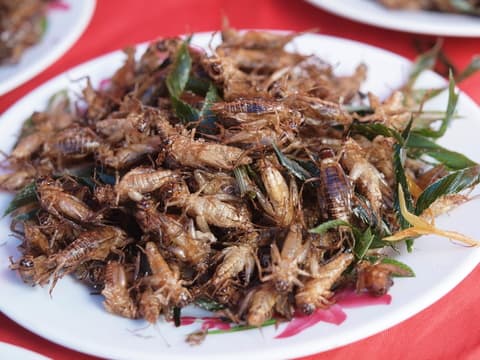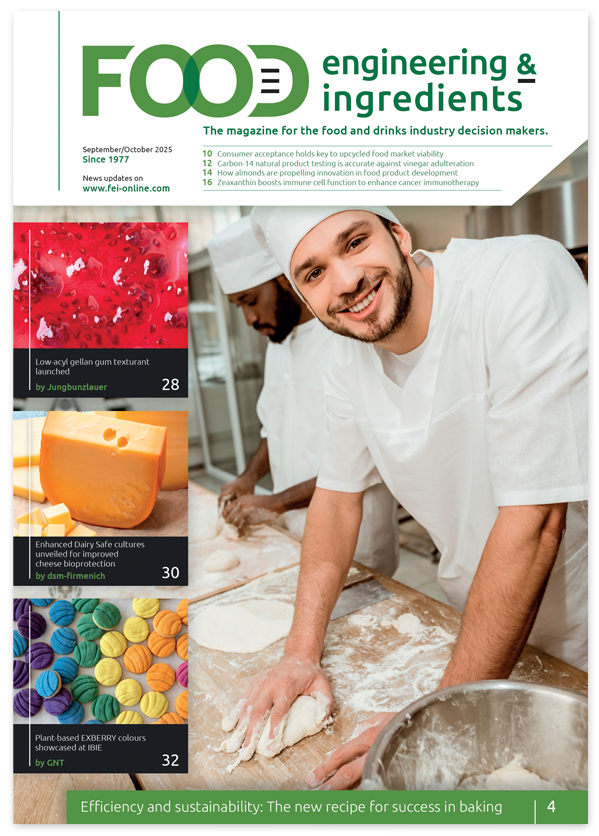Alternative protein foods in Europe: Consumer attitudes and regional variations
A comprehensive EU-backed study reveals diverse attitudes towards alternative protein foods across European regions, highlighting challenges and opportunities for market growth.
European consumers’ perceptions of alternative protein foods (APFs) vary significantly across regions, according to a recent study [1] supported by the EU-funded LIKE-A-PRO project. The research, led by SWPS University of Social Sciences and Humanities in Poland, analysed consumer attitudes in eight European countries, shedding light on the complex circumstances of APF acceptance and adoption.
Regional disparities in APF acceptance
The study, which examined research from 11 peer-reviewed journal databases, found marked differences in APF attitudes across northern, southern, and eastern Europe. Notably, Danish consumers exhibited particularly positive attitudes towards APFs, viewing hybrid products combining conventional and alternative proteins as healthier, more ethical, and more environmentally friendly than meat products. However, this positive perception did not necessarily translate into purchase intentions, with only 46% of Danes expressing willingness to buy hybrid meat products.
Eastern European reluctance
Consumers in Czechia and Poland demonstrated less knowledge about novel foods and lower willingness to adopt them compared to their Danish and German counterparts. The study’s lead author, Hanna Zaleśkiewicz, a PhD candidate at SWPS University, contextualised this finding:
“These patterns should be considered in the context of persistently high intake of meat (compared to pulses) per capita in the years between 2018 and 2020 in countries such as Poland.”
This trend was particularly evident among young consumers. While 73% of young Germans purchase novel foods soon after they become available or after some consideration, only 24 to 36% of young consumers in Czechia, Poland, and Slovakia exhibit similar behaviour.
Insect-based proteins: A north-south divide
The study revealed a notable disparity in acceptance of insect-based APFs between northern and southern European consumers. Finnish and Swedish consumers showed more positive attitudes towards these products compared to their Czech and German counterparts. British and Spanish consumers demonstrated limited willingness to purchase insect-based APFs, with only 18 to 22% expressing interest. Italian consumers were found to be even more reluctant.
Zaleśkiewicz offered insight into this observation: “Food culture and eating patterns in Northern Europe might have changed in recent decades, whereas Italian food culture is considered one of the strongest in Europe, with over 200 food products, where meat plays an important role.”
Urban-rural similarities and cosmopolitan influences
Interestingly, the analysis did not reveal significant differences in APF adoption between rural and urban areas. However, more multicultural and cosmopolitan cities such as Paris and Helsinki demonstrated more positive attitudes towards APFs. For instance, Parisians were found to consume more seaweed-based APFs than other French cities, likely due to Paris’ large Asian population.
Localisation as a potential driver
The study suggested that local production of APFs could increase the likelihood of consumer trial. This finding presents an opportunity for food scientists and manufacturers to explore regionalised production strategies to enhance APF acceptance.
Implications for APF promotion and development
The insights gained from this study suggest that varied messaging strategies could be employed to promote APF intake across Europe. Food scientists and marketers should consider tailoring their approaches based on region-specific motivational factors, such as health benefits, environmental sustainability, and animal welfare concerns.
As the LIKE-A-PRO project continues its work towards mainstreaming APFs in Europe, these findings provide valuable guidance for future research and development efforts in the alternative protein sector. The project, set to conclude in 2026, aims to make APFs widely accessible and accepted by consumers across Europe.
Reference:
- Zaleskiewicz, H., Kulis, E., Siwa, M., et. al. (2024). Geographical context of European consumers’ choices of alternative protein food: A systematic review. Food Quality and Preference, 117, 105174. https://doi.org/10.1016/j.foodqual.2024.105174



